Search Papers
6 papers
The manuscript contends that the strengthening of Australia's diplomatic relations with Southeast Asia can be attributed to the escalating threat posed by China's rise, the US's precarious role in the Asia-Pacific landscape, and the increasingly complex economic interconnections between the US, Australia, and Southeast Asia vis-à-vis China. Historically, the strategic alliance with the United States has been the cornerstone of Canberra's foreign policy framework. Nonetheless, Canberra's concerns about Washington's uncertain presence have grown as a result of the ongoing changes in US National Security Policy over the previous decade, from 2016 to 2025. In the long run, it can be argued that the dominant trajectory indicates Canberra's intention to strengthen its comprehensive strategic partnership with Southeast Asia, despite the increased complexity and fragmentation observed within Australia's multicultural society. While some analysts argue that Canberra's strategic alliance with the United States still predisposes it to prioritize the abandonment of Southeast Asia, there is a counterargument that Australia's strategic partnership with Washington is gradually dwindling after over 75 years of establishment and evolution. In light of the aforementioned circumstances, the manuscript advocates for Australia to recalibrate its domestic policies, particularly its ethnic policies concerning the Asian immigrant populace, and to leverage the existing networks of economic and social relationships with Southeast Asian nations, thus cultivating a framework of alliances among middle powers within the region, which would mitigate the risk of becoming ensnared in the strategic rivalry between the US and China in Southeast Asia.
Development of smart universities worldwide: practices and experiences
Nguyen Van Hiep, Truong Hoang Truong
This article presents the implementation process of the smart university model at Metropolia University of Applied Sciences (Scotland), University of Sydney (Australia), National University of Singapore, Stanford University (American), and the University of Tokyo (Japan). The article highlights the similarities, differences, and issues encountered during the implementation of the smart university model in different countries. The research shows that all universities have implemented smart campus elements, while other elements are implemented uniquely by each university. These campuses integrate smart technologies to monitor and analyze energy consumption, emissions, and more. Real-time data about the campus informs what is happening within the university, thereby facilitating easier management, administration, security, and environmental protection.
Gaining competitive advantage through performance related pay: Does country of origin matter?
Ruby Ranjan, Ron Edwards
Performance-related pay (PRP) is an integral part of Reward Management (RM) and is considered to have beneficial effects on organisational performance and employee motivation. Drawing on 14 case studies, this paper examines the Reward Management practices of local and multinational companies in Australia with specific consideration to PRP within the debate over the applicability of the transfer of the Human Resource Management (HRM) practices between nations through subsidiary-parent company relationships. After reviewing the relevant literature(s), the study concentrates on finding whether multinational corporations (MNC) in Australia pursue similar or different RM practices compared to their domestically owned Australian counterparts with special reference to PRP. It also investigates whether there are national variations between multinational companies in terms of the nature and character of their practices. The findings reveal country of origin differences in the way PRP practices are applied in subsidiaries of foreign-owned companies in Australia and local Australian firms. The case studies are used to examine and explain the practices.
Improving the quality of drawing management process in Iso department of Australian general engineering Vietnam (age Vietnam)
Nguyen Thi Hoai Thuong, Nguyen Vuong Bang Tam
In the context of economic integration along with the development of industrial parks, enterprises are always innovating modern and advanced technology, improve the quality of products of enterprises to increase competitiveness in international economic integration. This study assesses the progress of completion, the inadequacies after applying the drawing management process in iso room age Vietnam and the management storage regulations of the enterprise, thereby making flawed comments and propose solutions in the management process after being put into practice at the company. Use interdisciplinary research methods of archiving, drawing records, survey results and speaks to the importance of managing and storing drawings in the mechanical engineering industry.showing the level of completion and outstanding shortcomings of the process. The survey results provide the basis for the shortcomings, which need to be improved in the process and thorough remedies to improve the quality of technical drawing management process
The followers of Caodaism in foreign countries and the administrative relation between believers of Caodaism in foreign countries and Cao Dai church in country
Huynh Ngoc Thu, Le Thi My Ha
Caodaism was established in the South in 1926. It has been considered as one of indigenous religions in Vietnam in the first half of 20th century. In the first days, trend of Caodaism was to develop in foreign countries through missionary campaigns. Cao Dai’s dignitaries carried out missionary task in Cambodia, France, German, China… That was why followers of Cao Dai (Cao Dai followers) lived in these countries in the early 1930s. After 1975 many people in the South emigrated to America, Australia. Many of them were Cao Dai followers. After their lives have been stabilized, they have gathered to build temples so Caodaism in foreign countries has developed strongly. The number of believers in foreign countries is about 50,000 believers. They have created connection with Cao Dai sects through many forms. In this article we mention three main contents: 1) Cao Dai followers in foreign countries: the process of establishment and development after 1975; 2) The administrative relation between Cao Dai followers in foreign countries and Cao Dai church in Vietnam; 3) Some remarks on the administrative relation. The information in this article has been completed with two research methods: in-depth interview and participate observation.
Innovative Techniques and the Integrated Model of Teaching the First Accounting Course for English as Second Language learners
Mary Precy Aguilar-Lego
Across the world, the first accounting course provides serious challenges for teaching. These arise from powerful negative perceptions which include the anxiety associated with tertiary-level study and the differing backgrounds or majors of students required to take the course. This paper outlines some examples of nontraditional teaching techniques and highlights how the course could be best structured to overcome such negative views while at the same time responding to the changes in the industry. The design and content of the proposed course emphasizes the USER approach and is directed to English as second language learners. This is a case study in an Australian offshore campus and is the end result of the progressive improvement in the structure and delivery of the course.
Publication Information
Publisher
Thu Dau Mot University, Viet Nam
Editor-in-Chief

Assoc. Prof. Nguyen Van Hiep
Thu Dau Mot University
Thu Dau Mot University
Editorial Board
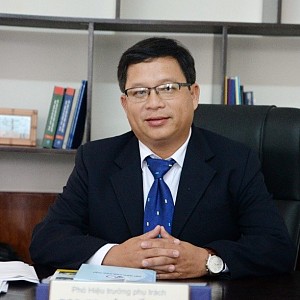
Assoc. Prof. Le Tuan Anh
Thu Dau Mot University
Thu Dau Mot University

PhD. Nguyen Quoc Cuong
Thu Dau Mot University
Thu Dau Mot University

PhD. Doan Ngoc Xuan
Thu Dau Mot University
Thu Dau Mot University

PhD. Nguyen Khoa Truong An
Thu Dau Mot University
Thu Dau Mot University
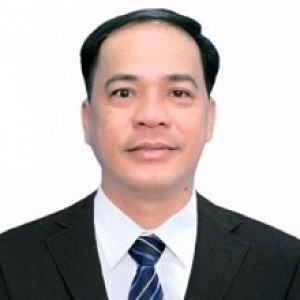
Assoc. Prof. Nguyen Thanh Binh
Thu Dau Mot University
Thu Dau Mot University
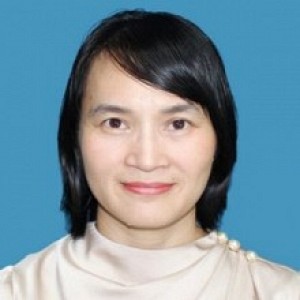
PhD. Le Thi Thuy Dung
Thu Dau Mot University
Thu Dau Mot University

PhD. Ngo Hong Diep
Thu Dau Mot University
Thu Dau Mot University
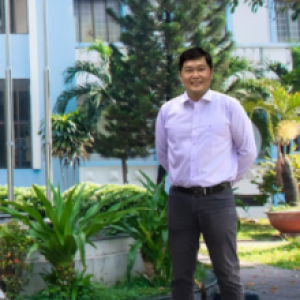
PhD. Nguyen Duc Dat Duc
Ho Chi Minh City University of Industry and Trade
Ho Chi Minh City University of Industry and Trade

Assoc. Prof. Nguyen Van Duc
Animal Husbandry Association of Vietnam
Animal Husbandry Association of Vietnam

PhD. Nguyen Thi Nhat Hang
Department of Education and Training of Binh Duong Province
Department of Education and Training of Binh Duong Province

PhD. Nguyen Thi Cam Le
Vietnam Aviation Academy
Vietnam Aviation Academy

PhD. Trần Hạnh Minh Phương
Thu Dau Mot University
Thu Dau Mot University
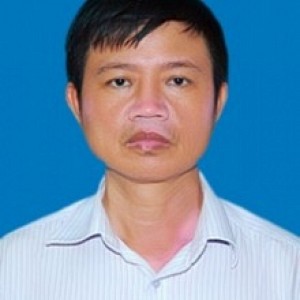
M.A. Pham Van Thinh
Thu Dau Mot University
Thu Dau Mot University

PhD. Nguyen Thi Lien Thuong
Thu Dau Mot University
Thu Dau Mot University
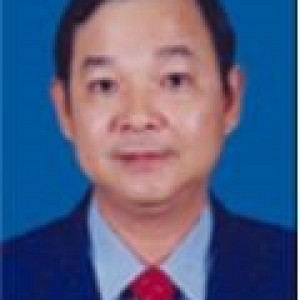
Prof. Le Quang Tri
Can Tho University
Can Tho University
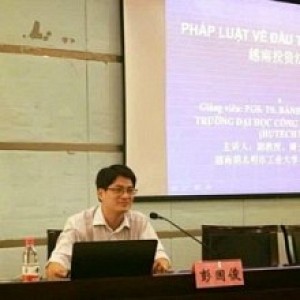
Prof. Banh Quoc Tuan
Thu Dau Mot University
Thu Dau Mot University

